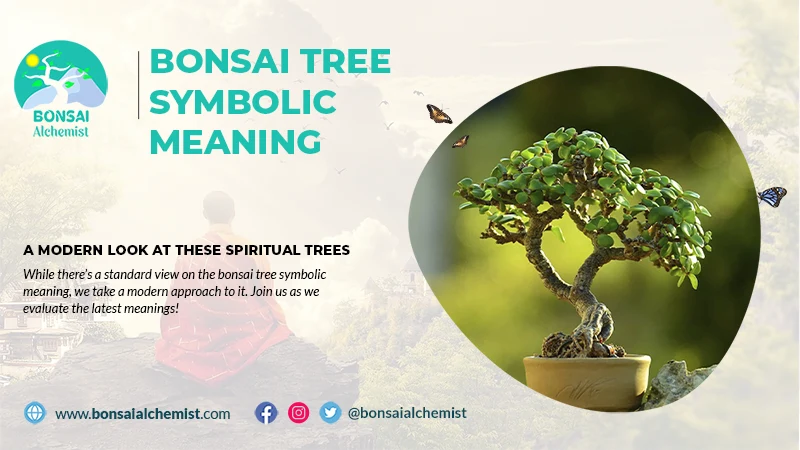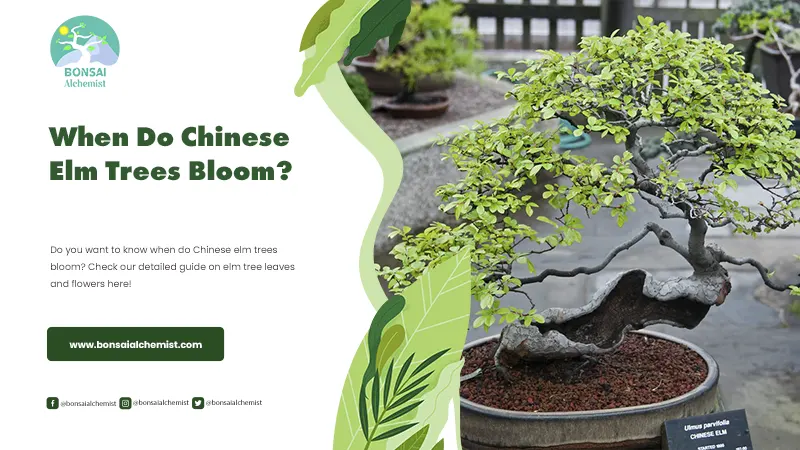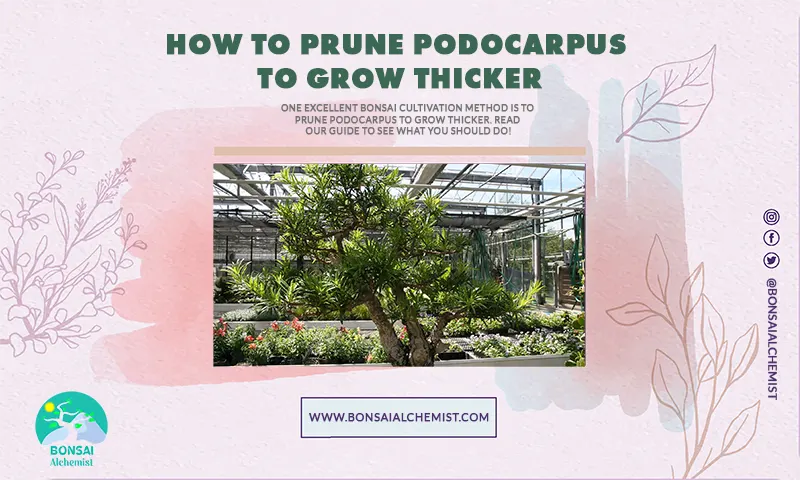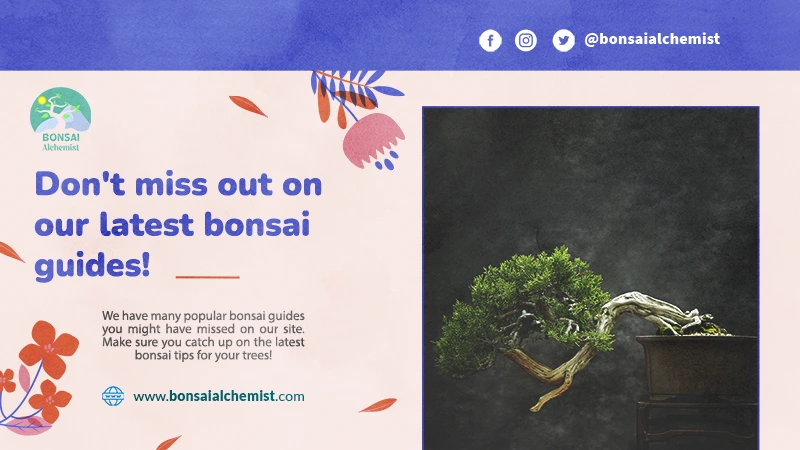Japanese Culture and Spruce Tree Bonsais

Japanese culture is among the most ancient cultures that can still be seen in the world today, and modern Japanese culture still retails many elements of its earliest roots. Tied to this history is the rise of bonsais and the significance of the spruce tree.
In this article, we’ll look at how Japanese culture and spruce tree bonsais are connected.
Marks of Existence
As early as around 1000 BC, Japan was inhabited by hunter-gatherer people – we know this from the remains of their dwelling pits, and heaps of discarded shells found around these dwellings. Around 300 BC, the Japanese started to cultivate rice in paddy fields in very much the same way rice is still cultivated today.
The first written records found in Japan date from around 400 AD, when the nation was ruled by Queen Pimiko. Legend has it that this queen was mostly concerned with magic and sorcery (and not so much with normal politics). The Japanese Prince Shôtoku, who lived from 573-622, was an educated ruler who introduced a centralized government, with a constitution, and supported Buddhist practices. In fact, Buddhism grew to be more and more central in Japanese culture.
During the Heian period, from 794-1185, Japan was ruled by the emperor and the aristocratic families of the Japanese court, but these aristocrats were often more interested in arts and culture than in boring old politics. It was not a system that could work in the long term. Gradually, the aristocratic government system eroded; important families from the warrior class began gaining power instead, as did spiritual leaders in the Buddhist faith.
The ‘three marks of existence’ are central pillars of the Buddhist doctrine. These central teachings are:
1. Embracing impermanence
Although Japanese culture is very ancient – and you’d expect to find a lot of tradition in this culture – an important principle in Buddhism is that nothing in life is permanent. Leonard Koen, in his book Wabi-Sabi: for Artists, Designers, Poets & Philosophers used a definition that has been widely adopted.
He said, “Wabi-sabi is the beauty of things imperfect, impermanent, and incomplete, the antithesis of our classical Western notion of beauty as something perfect, enduring, and monumental”.
Traditional Japanese artifacts may be beautiful, but change has its own beauty, and that is important. The Japanese celebrate the blooming of the cherry trees in spring, and the dropping of their fiery red leaves in autumn – both processes that last only a few weeks. After that, the blossoms are trampled underfoot, and the leaves lose their color and decay – but that is part of their beauty.
2. Suffering
Buddhism teaches that a human being’s time on this earth, in this human body, is just a fleeting moment in the timeframe of the universe. A soul has to be reborn many times, in many different bodies (and not always human ones!), before it can acquire the wisdom required to reach enlightenment. Therefore, to Buddhists, suffering loses its significance.
It’s a tiny annoyance to the flesh which is temporarily joined to the eternal soul. The Buddhist view of suffering is that, when properly embraced and meditated upon, it can lead to growth and wisdom.
3. Absence of self
Just as embracing impermanence (wabi-sabi) is central in Japanese culture, the lack of a permanent ‘self’ is central in the Buddhist doctrine. A human being’s life on this earth, in this body, is such a short moment in the eternal existence of the soul that the self loses its significance.
In Buddhism, one seeks to understand the great wheel of life, and the self or ego of an individual human person has less than no meaning in this great wheel.
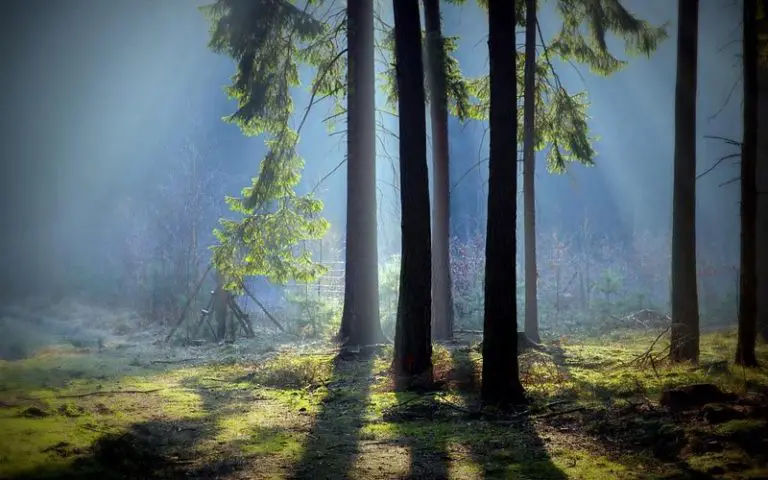
Wabi-Sabi and Art
In this day and age, we take it for granted that to look beautiful, you have to look young. You have to combat the signs of aging. But this is not the wabi-sabi way. Whereas Westerners bemoan their wrinkles and use all the methods at their disposal to try and combat them, the Japanese are more likely to celebrate the laughter that caused those laughter lines.
Whereas Westerners try to conceal their scars as unsightly blemishes, the Japanese would think of them as important reminders of past experiences.
Spruce Tree Bonsai
The spruce tree is well-known throughout the Western world because it is commonly decorated in December as a Christmas Tree. Spruce tree bonsais are popular and make an attractive addition to any small urban space. They need to be carefully pruned and trained to retain the characteristic pyramid shape, with branches joining the main trunk at regular intervals on both sides.
Spruce tree bonsai art – an art form that has been practiced in Japan since the early 14th century – embraces the beauty of impermanence (or wabi-sabi). The word ‘bonsai,’ in Japanese, literally means ‘tree in a pot’.
As the word suggests, bonsai is all about the combination of the plant and the pot. The plant is carefully cultivated and pruned to look like a miniature version of a full-grown tree of its own species, and the pot is carefully chosen to show off the best features of the bonsai.
Because bonsais are miniature trees in pots, and not one of the many potted house plants cultivated by homeowners around the world, they usually prefer being outdoors to being in a house. But unlike normal trees, bonsais need so little space that they can easily be grown on a small balcony in a city apartment with no space for gardening.
Miniature trees such as the spruce tree bonsai are ideal for people who live in a country like Japan, where space comes at a premium. Through bonsai gardening, the reverence for nature shared by Japanese people can still find expression.


